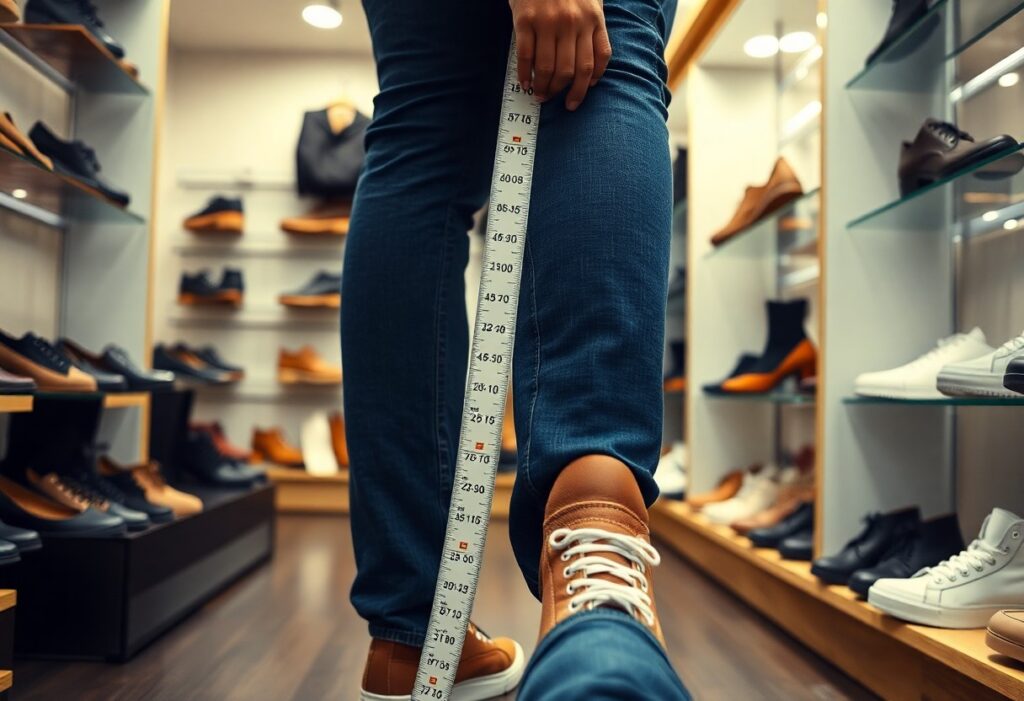
Understanding the complexities of proper shoe sizing is vital for preserving your foot health. Wearing ill-fitting shoes can trigger a variety of problems, ranging from minor blisters to serious, long-term joint damage. Our feet support the entirety of our body weight, making it crucial for shoes to fit well to enhance daily comfort, mobility, and overall health. Recognizing the signs of an improper shoe fit is essential to protect your foot health. Studies reveal that a staggering 75% of people encounter foot issues due to incorrect shoe sizing. This extensive guide aims to arm you with the knowledge necessary to assess your current footwear and choose the perfect size tailored to your unique foot shape.
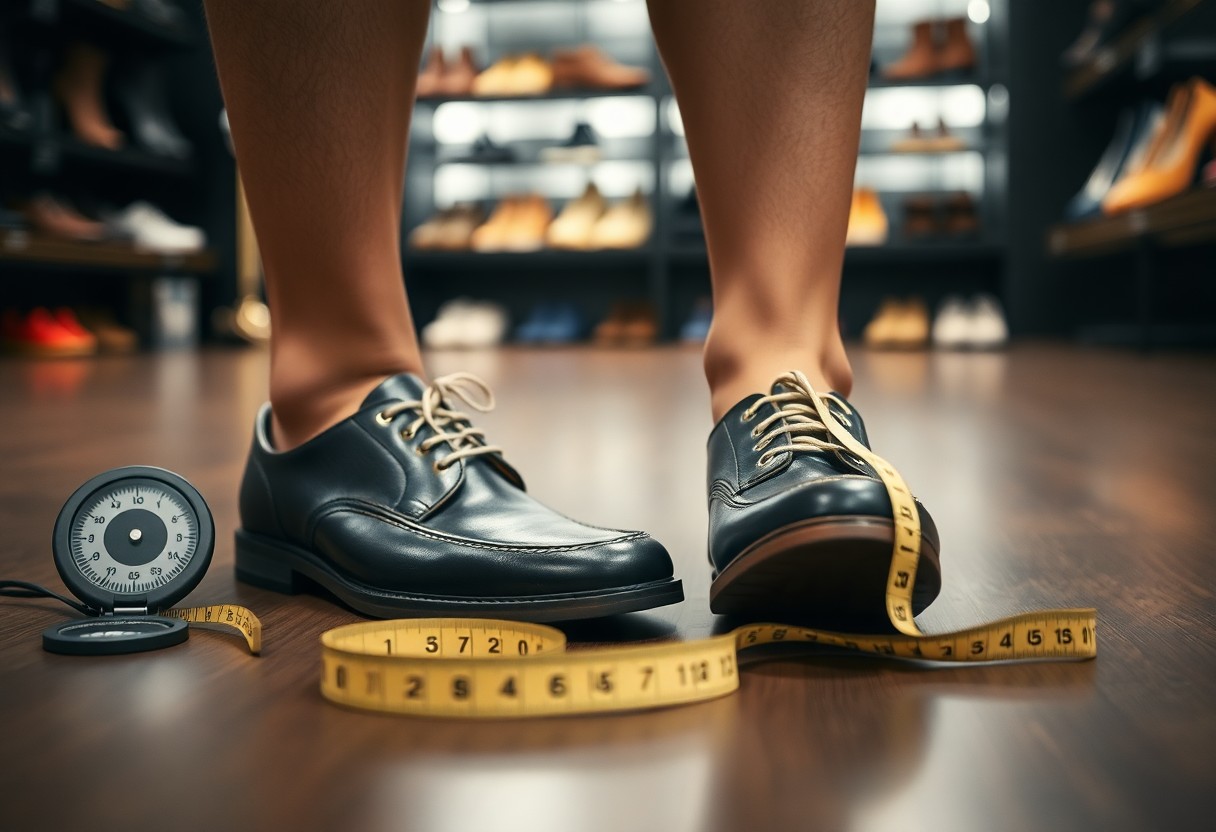
Learn to Spot the Signs of Poorly Fitting Shoes
Taking charge of your foot health means being vigilant about the signs that indicate ill-fitting shoes. Research indicates that 60% of individuals wear shoes that are not properly sized, leading to a myriad of foot-related issues. It is paramount that your shoes allow sufficient space for your toes to move, provide the proper arch support, and maintain consistent comfort throughout your day. Wearing shoes that are not the right fit can cause lasting damage to your feet and even disrupt your natural walking biomechanics.
Recognizing Physical Signs of Discomfort
Common signs that your shoes may not fit correctly include blisters, calluses, and corns that develop on your feet. You might notice redness or bruising on your toes, especially after prolonged periods of walking or standing. Additionally, your toenails may show signs of damage or discoloration. If you observe these symptoms, it’s a clear signal that your footwear is either too tight or too loose, indicating an urgent need for size adjustment.
Assessing Comfort Levels for the Perfect Fit
Contrary to what many believe, new shoes should feel comfortable right from the outset. Your toes should have ample room to move freely, and your heel should fit snugly without slipping as you walk. Experiencing pain or numbness in your feet is never acceptable and serves as a strong indication of an improper fit. Ensure that your shoes provide adequate arch support and cushioning tailored to your foot’s specific requirements.
Conducting a thorough comfort assessment involves trying on shoes at various times throughout the day, as your feet naturally swell and change shape. When fitting shoes, aim for around 3/8 to 1/2 inch of space between your longest toe and the front of the shoe. Walk on different surfaces to evaluate comfort levels. If you encounter any discomfort or pressure points, consider exploring alternatives in size or style to achieve an ideal fit.
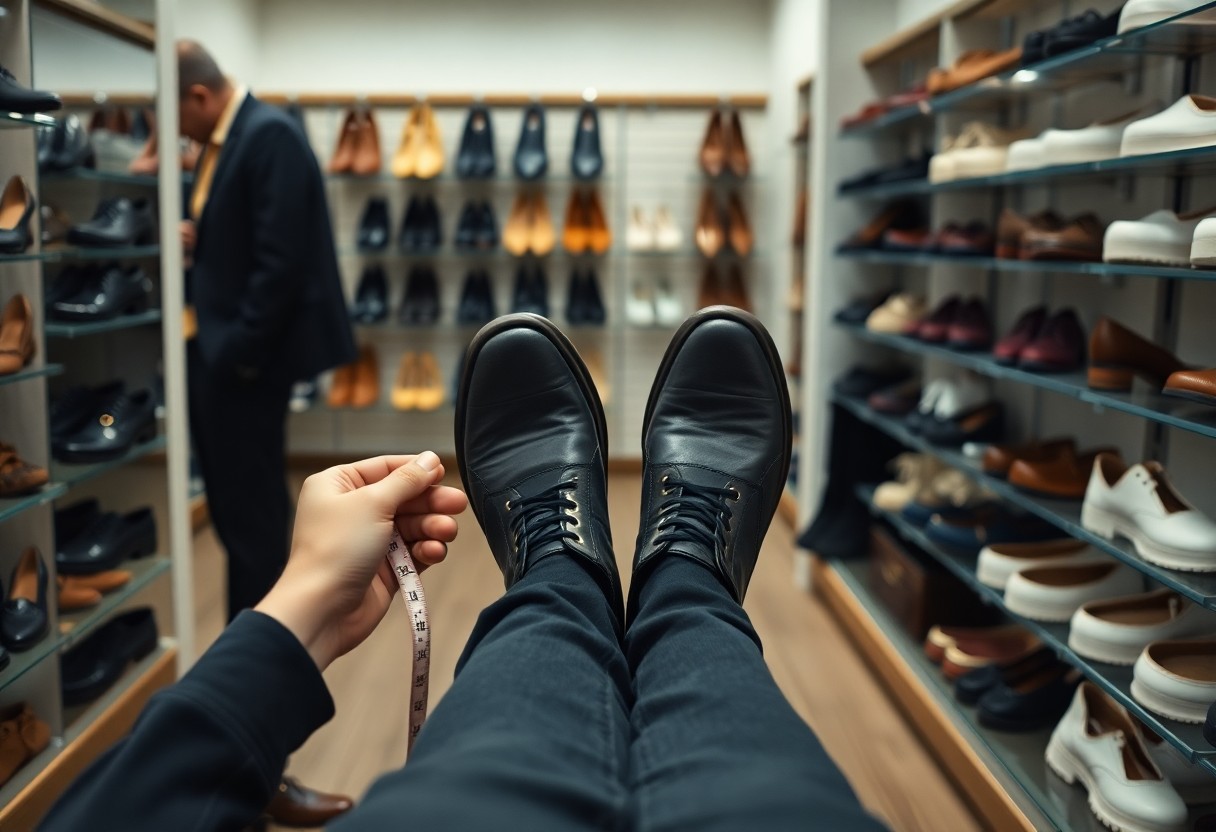
Mastering the Art of Measuring Your Feet for the Perfect Shoe Size
Securing the right shoe size depends on accurately measuring both feet. It’s important to remember that your feet can vary in size by as much as half a size, and their dimensions can change throughout the day. For the most accurate results, measure your feet in the afternoon when they are typically slightly swollen, ensuring that you find the most comfortable fit possible.
Leveraging Professional Measurement Techniques for Accuracy
A professional shoe fitting usually involves the use of a Brannock Device, which accurately measures the length, width, and arch length of your foot. This comprehensive three-dimensional measurement is crucial for identifying your precise shoe size. A trained shoe specialist will measure both feet while you stand, taking into account weight distribution and how your feet naturally spread out under pressure.
Implementing DIY Sizing Techniques at Home
To measure your feet at home, lay a piece of paper on a flat surface and trace the outline of your foot while standing. Measure the distance from your heel to your longest toe, as well as the width at the widest part of your foot. To ensure enough space for your toes to move comfortably, add an extra 3/8 inch to these measurements.
To improve the accuracy of your at-home measurements, it’s best to measure your feet in the evening and wear the socks you plan to use with your new shoes. Confirm that there’s a thumb’s width of space between your longest toe and the shoe’s tip; this allowance is essential to prevent toe injuries and support natural foot movement while walking.
Steering Clear of Common Shoe Sizing Errors
Many people believe they know their correct shoe size, yet studies show that up to 60% of individuals wear shoes that are incorrectly sized. Common mistakes include clinging to the same shoe size for years, ignoring width measurements, and overlooking size differences between your two feet. Such errors can lead to serious foot problems and significant discomfort.
Understanding Size Differences Across Various Brands
Inconsistencies in sizing among different shoe brands can significantly impact your comfort level. For example, a size 8 in one brand may feel like a size 9 in another due to varying manufacturing standards and design philosophies. Always try on shoes irrespective of the size indicated on the label, as these variances can have serious implications for your foot health.
Timing Your Shoe Shopping for Maximum Comfort
The timing of your shoe shopping is essential. Your feet naturally swell throughout the day, expanding by as much as half a size larger by evening. Shopping in the afternoon gives you the best chance of finding a fit that accommodates your needs during daily activities.
In addition to daily swelling, your feet may expand during physical activities or in warm weather. Buying shoes too early in the day may result in shoes that feel tight and become uncomfortable later on. Always ensure that there is a thumb’s width of space between your longest toe and the shoe’s tip when trying on new footwear in the afternoon.
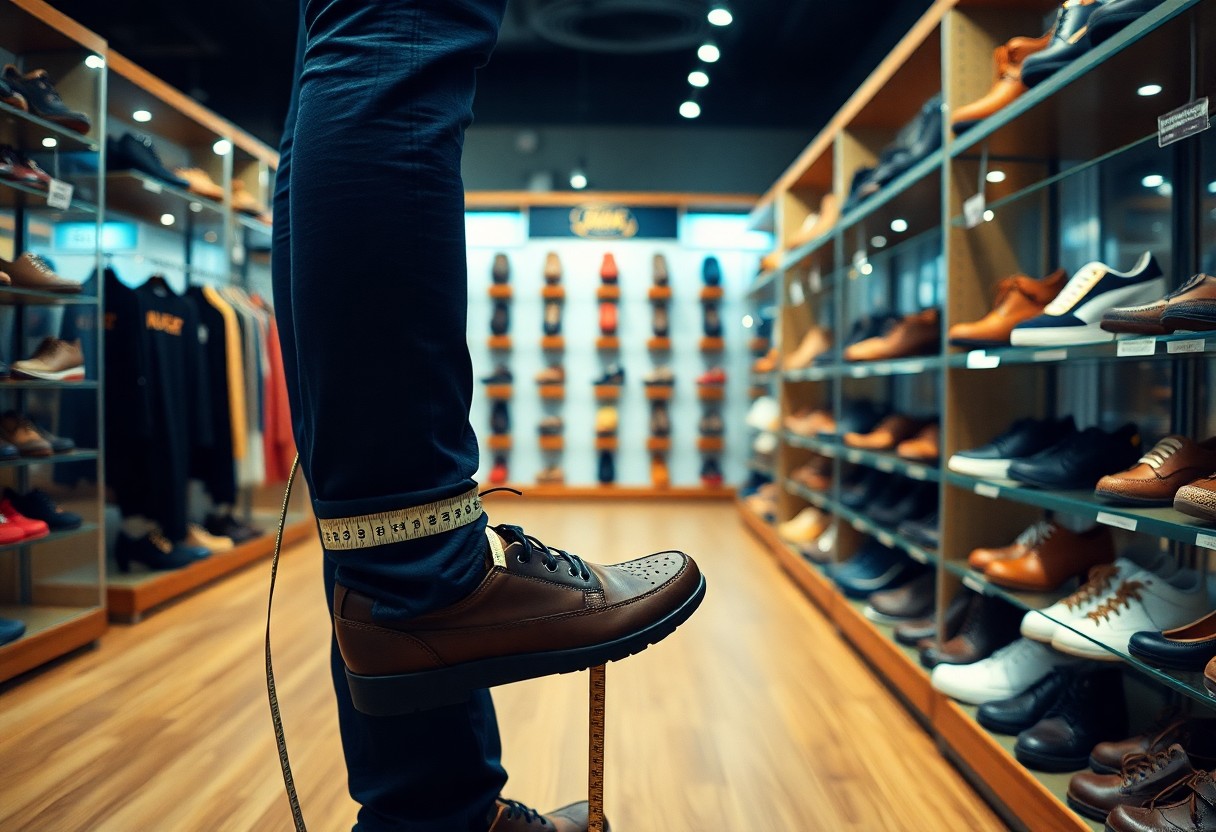
The Health Implications of Wearing the Correct Shoe Size
Your choice of shoe size can have a significant impact on your overall health. Wearing shoes that do not fit properly can affect your entire body, from your toes to your spine. Research indicates that 72% of individuals experience foot-related health issues due to incorrect shoe sizes, potentially leading to altered walking patterns and subsequent posture problems.
Immediate Effects of Wearing Poorly Fitting Shoes
In terms of short-term comfort and health, wearing the wrong size shoes can result in blisters, corns, and painful pressure points. You may also suffer from foot fatigue, strain in your ankles, and reduced balance. These problems can disrupt your daily routine, causing discomfort while walking, with 85% of individuals reporting immediate discomfort when wearing ill-fitting shoes.
Long-term Consequences of Incorrect Shoe Sizes
Long-term use of improperly fitting shoes can lead to permanent foot deformities, such as bunions, hammer toes, and plantar fasciitis. Changes in your walking pattern may occur as you adapt to discomfort, potentially resulting in knee, hip, and back problems. Research suggests that 60% of chronic foot issues can be traced back to wearing poorly fitting shoes.
The effects of wearing the wrong shoe size extend beyond just foot health. You may experience poor posture, decreased mobility, and chronic pain. Medical research indicates that appropriate shoe fit can prevent up to 80% of common foot issues and significantly enhance your overall quality of life. The footwear choices you make today can have lasting implications for your foot health in the years to come.
Special Considerations for Different Life Stages and Health Conditions
It’s crucial to acknowledge that your feet require special care during various life stages and health conditions. Factors such as aging, weight changes, and specific medical issues can influence your shoe size. Regular foot measurements are vital, as wearing incorrect sizes can lead to serious foot problems and reduced mobility.
Foot Size Changes Associated with Aging
As you age, your feet undergo significant transformations. They may become wider and flatter due to a decline in elasticity within tendons and ligaments. Research shows that foot size can increase by half a size every decade after age 40. Therefore, it’s advisable to measure your feet each year to maintain an accurate fit.
Medical Conditions Impacting Shoe Size
Your health status significantly influences your shoe size. Conditions such as diabetes, arthritis, and edema can result in noticeable foot swelling, requiring adjustments in shoe size. If you have any of these conditions, it’s essential to focus on shoe fit to avoid complications.
Additionally, certain medications can lead to foot swelling as a side effect. Poorly fitting shoes can exacerbate existing medical conditions and create new issues. For individuals with diabetes, regular foot inspections are crucial, and ensuring that shoes provide adequate space and support is vital. Research indicates that proper footwear can reduce the risk of diabetic foot complications by as much as 50%.
Essential Guidelines for Effective Shoe Shopping
Despite prevalent myths, effective shoe shopping necessitates a meticulous approach. Your foot size can fluctuate throughout the day, making afternoon shopping the most suitable option when your feet are at their largest. As your feet naturally expand during daily activities, this timing will yield the most accurate fit measurements.
Crucial Tips for Achieving Proper Shoe Fit
Contrary to popular belief, securing the right fit involves more than just measuring length. Below are key considerations to ensure an optimal fit:
- Ensure there is a thumb-width space between your longest toe and the shoe tip
- Confirm that arch support is suitable for your foot type
- Try on shoes with your regular socks for the best fit
- Walk around to evaluate heel grip and overall comfort
Any discomfort experienced during the initial fitting is likely to worsen with extended wear, so addressing these issues upfront is crucial.
Knowing When to Replace Your Shoes
It’s vital to replace shoes when they show specific signs of wear. Look for worn treads, uneven sole wear, or if you have logged 400-500 miles in athletic shoes.
When your shoes exhibit these warning signs, do not hesitate to replace them: visible creasing in the midsole, loss of cushioning, or wear in the interior lining. Your feet need reliable support every 8-12 months for daily-wear shoes, and even more frequently for athletic footwear. Continuing to wear worn-out shoes can lead to serious foot pain and injury.
Your Questions Answered: Shoe Sizing FAQs
Q: How can I tell if my shoes are too tight during regular use?
A: Watch for these clear indicators: numbness or tingling in your toes, blisters forming on your heels or toes, and visible red marks on your feet after you take off your shoes. Your toes should have enough space to wiggle freely, and your heel should stay secure without slipping as you move. If you notice pressure points or discomfort after wearing shoes for just a few hours, it’s likely that your shoes are too tight.
Q: What is the best time of day to measure foot size and try on new shoes?
A: The optimal time for measuring your feet and trying on new shoes is in the late afternoon or evening. Feet naturally swell as the day progresses, reaching their largest size by evening. This timing ensures that you choose shoes that will fit comfortably even when your feet are at their fullest. Always remember to measure both feet, as one foot is often slightly larger than the other.
Q: How much space should exist between my longest toe and the shoe’s front?
A: You should allow for approximately 3/8 to 1/2 inch (or thumb width) of space between your longest toe and the shoe tip. This gap allows for natural foot movement while walking and helps prevent toe injuries. Your toes should never touch the front of the shoe while standing or walking. To test this, stand up and slide your finger behind your heel – it should fit snugly without feeling tight.
The Article How to know if you’re wearing the right shoe size signs and tips for a perfect fit appeared first on My Shoes Finder
The Article Signs and Tips for Knowing Your Right Shoe Size Was Found On https://limitsofstrategy.com
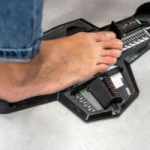

This discussion about proper shoe sizing resonates with many of us who have experienced the discomfort of ill-fitting footwear. It’s interesting to consider how this issue extends beyond just foot health—poor shoe fit can impact our posture and alignment, potentially leading to complications in the knees and hips as well.
You raise an essential point about the often-overlooked importance of shoe sizing in overall foot health. Having experienced my share of discomfort from poorly fitting shoes, I can attest to how easily one can ignore early signs, thinking they’re just a minor inconvenience. It was only after a few months of consistent pain that I realized my shoes were the culprit.
This is such an important topic! I’ve definitely fallen into the trap of wearing stylish but poorly fitting shoes. It’s wild to think about how much we ignore our feet, considering they carry us around all day. I had a pair of shoes that looked amazing but gave me blisters every time I wore them. Eventually, I had to get rid of them, and it’s so true that pain can lead to long-term problems.